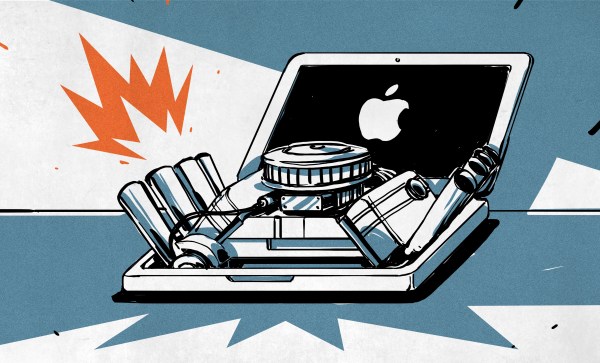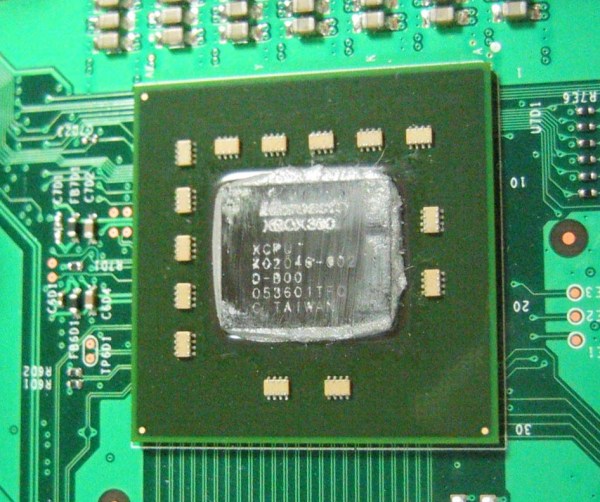Since Apple switched to Intel chips in the mid-00s, the PowerPC chips from Motorola and the PowerPC Instruction Set Architecture (ISA) that they had been using largely fell by the wayside. While true that niche applications like supercomputing still use the Power ISA on other non-Apple hardware, the days of personal computing with PowerPC are largely gone unless you’re still desperately trying to keep your Power Mac G5 out of the landfill or replaying Twilight Princess. Luckily for enthusiasts, though, the Power ISA is now open source and this group has been working on an open-source laptop based on this architecture.
While development is ongoing and there are no end-user products available yet, the progress that this group has made shows promise. They have completed their PCB designs and schematics and have a working bill of materials, including a chassis from Slimbook. There are also prototypes with a T2080RDB development kit and a NXP T2080 processor, although they aren’t running on their intended hardware yet. While still in the infancy, there are promising videos (linked below) which show the prototypes operating smoothly under the auspices of the Debian distribution that is tailored specifically for the Power ISA.
We are excited to see work continue on this project, as the Power ISA has a number of advantages over x86 in performance, ARM when considering that it’s non-proprietary, and even RISC-V since it is older and better understood. If you want a deeper comparison between all of these ISAs, our own [Maya Posch] covered that topic in detail as well as covered the original move that IBM made to open-source the Power ISA.
Continue reading “Open Hardware Laptop Built On Power PC ISA”















